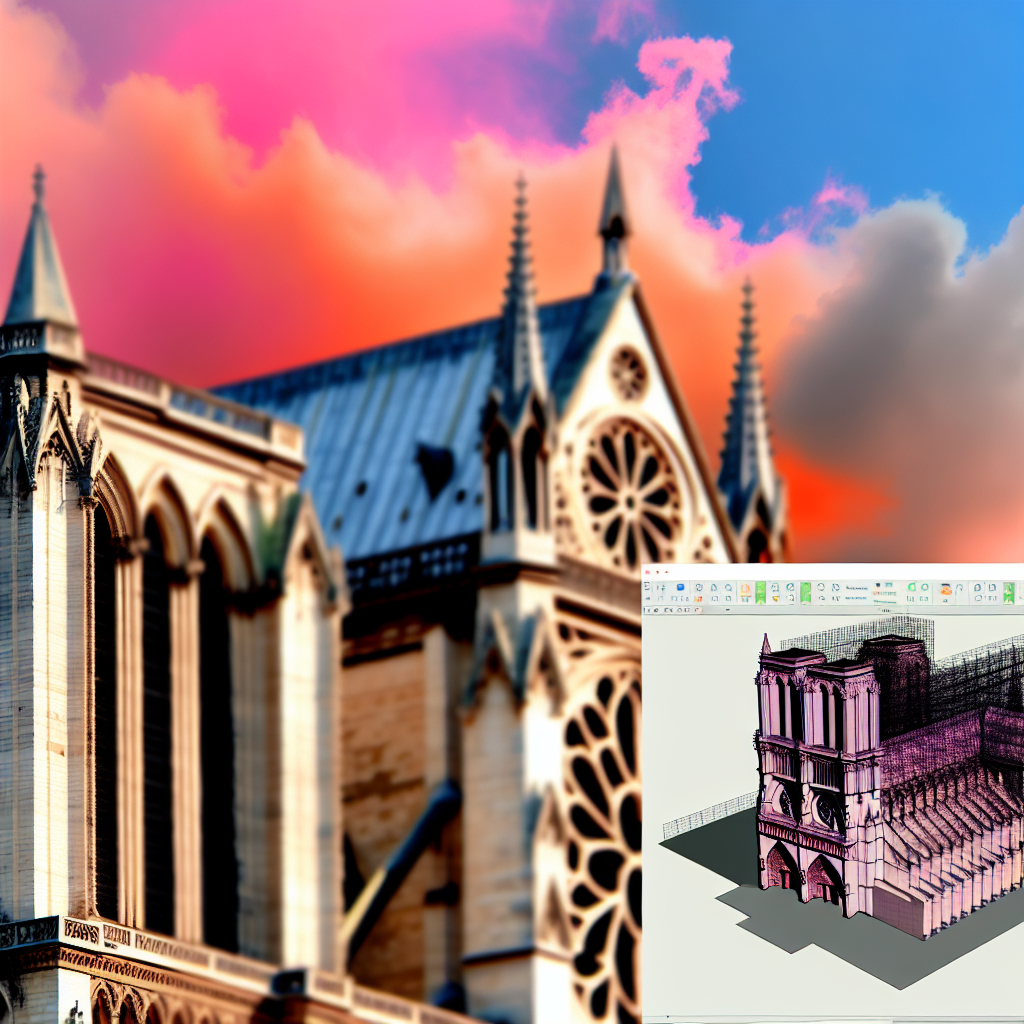Harnessing Revit for Preserving Notre Dame de Paris
Innovative technology like Autodesk Revit has revolutionized the preservation and restoration of historic landmarks, including the iconic Notre Dame de Paris. In this article, we explore how Revit facilitates detailed modeling, accurate documentation, and efficient restoration processes for this world-renowned Gothic masterpiece.
Revit as a Tool for Digital Documentation of Notre Dame
One of the primary advantages of utilizing Revit in heritage conservation is its ability to create highly detailed and accurate digital models of complex structures like Notre Dame de Paris. Using laser scanning and photogrammetry, architects and conservationists can import precise point cloud data into Revit, enabling the creation of parametric models that reflect every architectural detail — from the intricate tracery of the stained glass windows to the ornate flying buttresses.
This digital documentation ensures that every element of the cathedral’s structure is preserved in a virtual environment, which is invaluable for planning restoration projects, analyzing structural stability, and maintaining a comprehensive record for future generations. Moreover, the parametric capabilities of Revit allow users to easily update models as new information becomes available or as restoration progresses, making it an essential tool in adaptive heritage preservation.
Integration of Historic Data and Restoration Planning
Beyond mere documentation, Revit plays a pivotal role in developing accurate restoration strategies for Notre Dame. By integrating historical data—such as original architectural drawings, photographs, and previous renovation records—Revit enables project teams to create a **comprehensive digital twin** of the cathedral. This multi-layered model supports detailed analysis of structural issues, material decay, and damage caused by events like the 2019 fire.
Moreover, Revit’s collaborative platform allows architects, engineers, and conservation specialists to work simultaneously on the same model—streamlining communication and reducing errors. The software facilitates the simulation of restoration interventions, enabling stakeholders to assess different restoration scenarios before implementation. This integration not only enhances precision but also helps preserve the authenticity of Notre Dame’s historic architecture.
In conclusion, using Revit for historic buildings like Notre Dame de Paris significantly enhances the accuracy, efficiency, and sustainability of preservation efforts. From detailed digital documentation to integrated restoration planning, Revit provides the technological edge needed to safeguard architectural treasures for future generations. Embracing such digital tools marks a vital step toward sustainable heritage conservation in the modern era.
